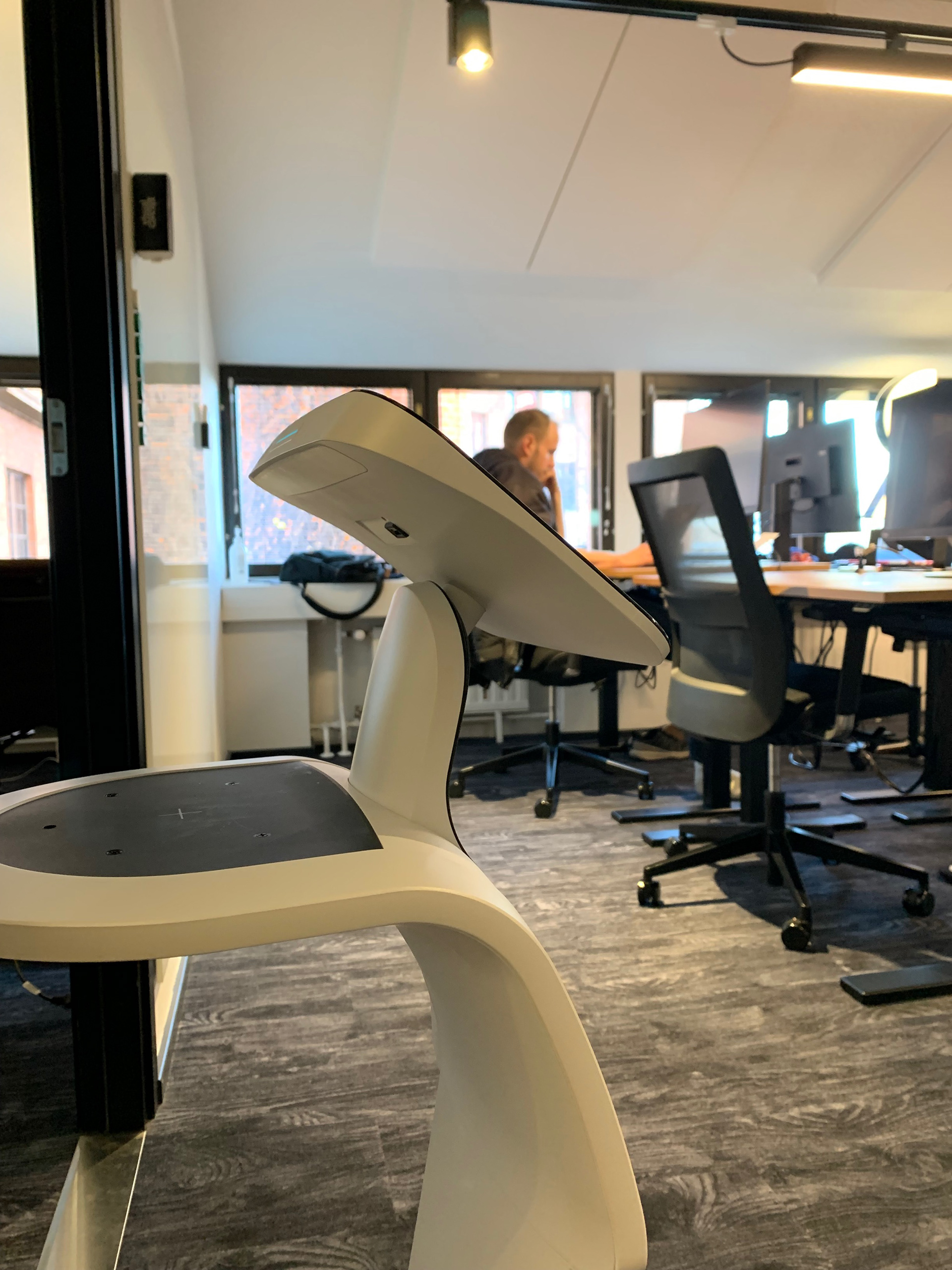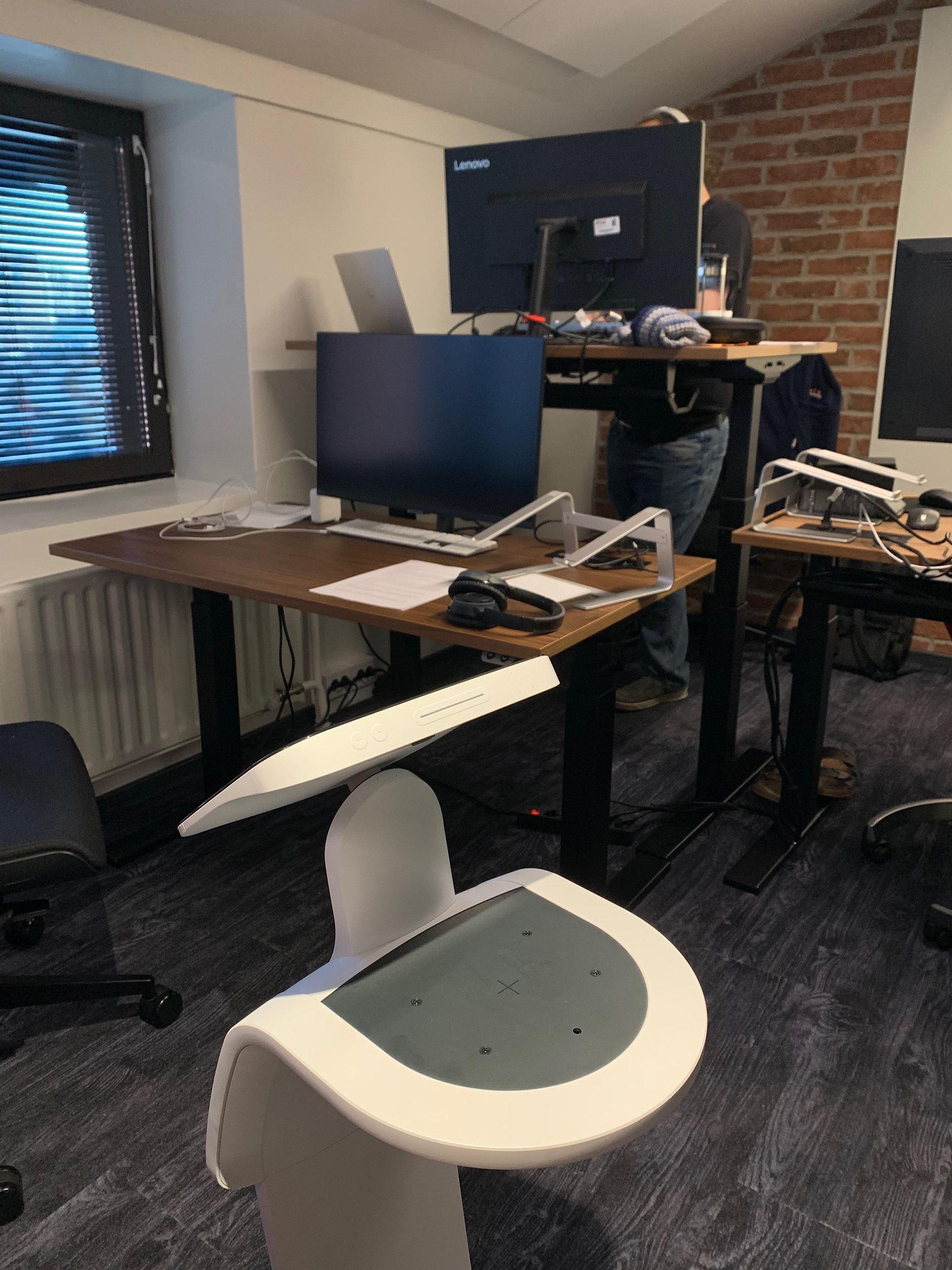(Wu, 2022)
This research focuses on the user experience and process of Robot-Assisted Learning in an authentic environment and proposes design solutions to support Child-Robot Interaction.
This research found that pupils had positive robotic learning experiences and the majority perceived Nao with a peer-like robotic character. They demonstrated significant interest in the embodiment of the Nao robot and improved their technology literacy along with robotic programming activities.
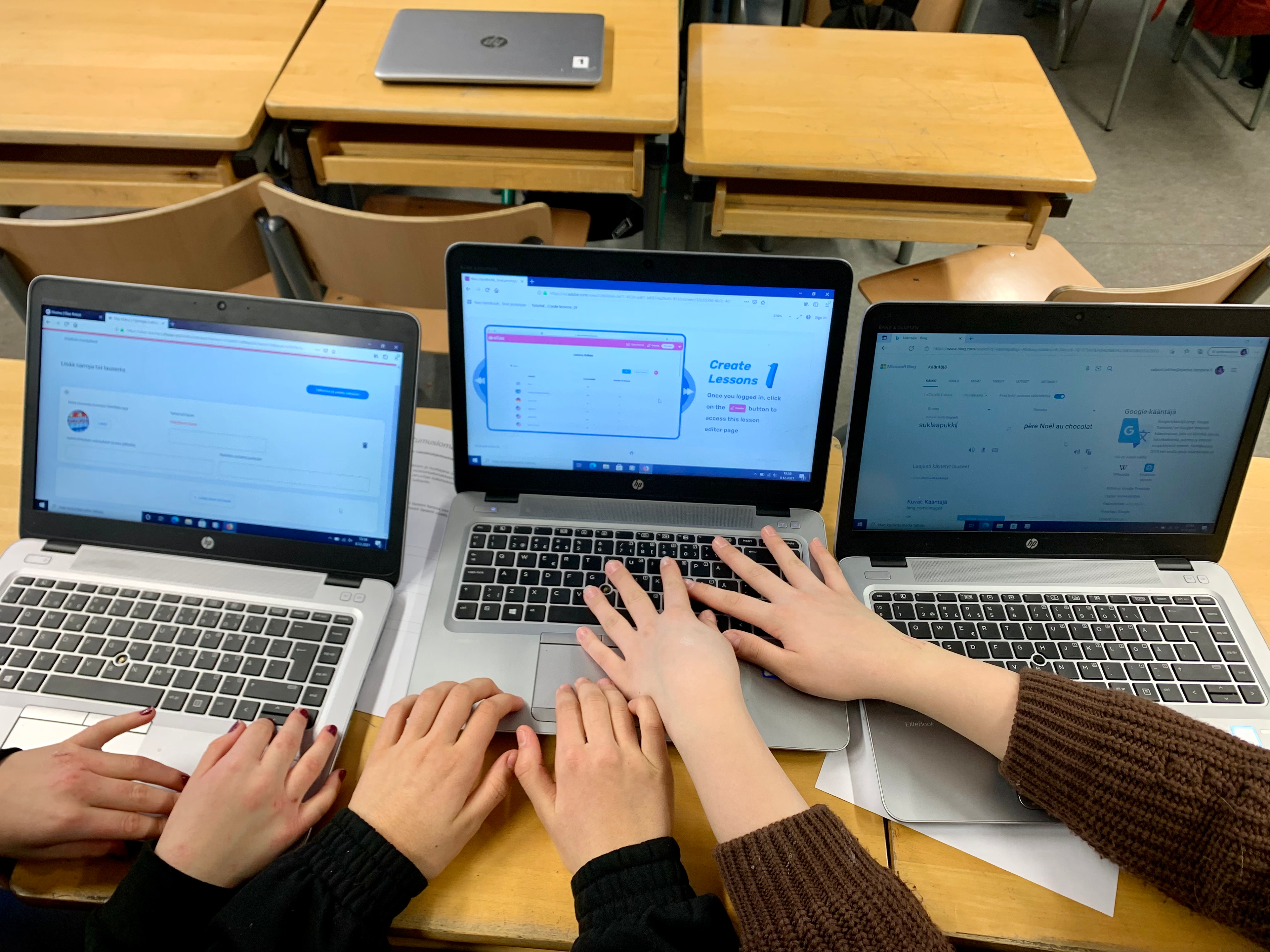
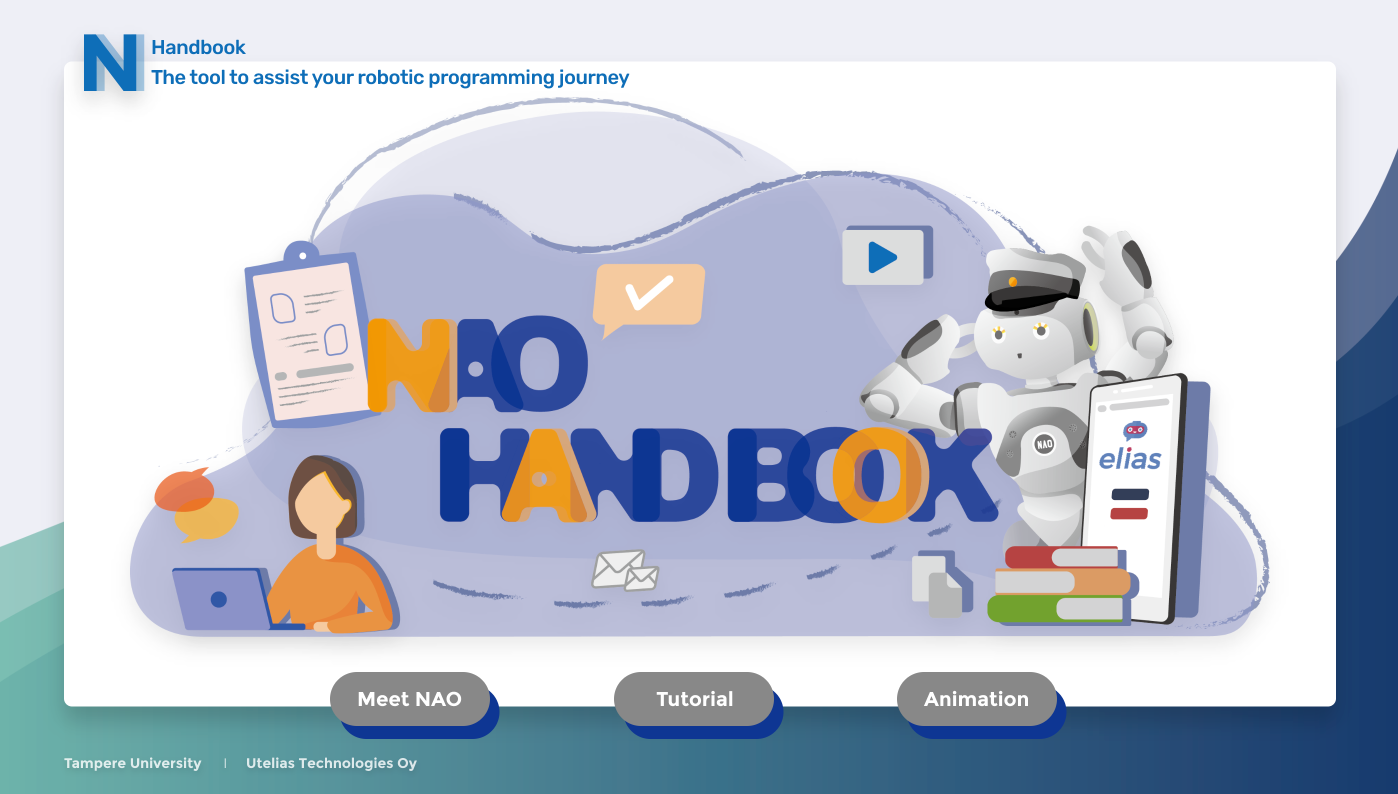
(Wu, Ahtinen, & Väänänen, 2023)
This research aims to explore older adults’ perceptions of assistive robots by integrating, Spot, a zoomorphic mobile robot, as an outdoor walking guide.
The findings report positive attitudes and natural social interactions among older adults during Robot-Assisted physical activities. Additionally, the paper presents a set of design implications for wellness robots in eldercare.
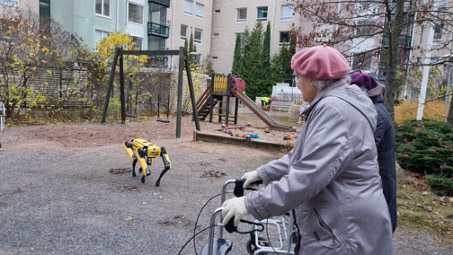
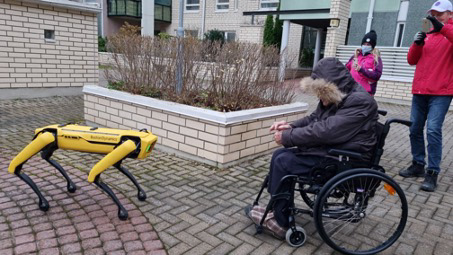
(Ahtinen, Chowdhury, Ramirez Millan, Wu, & Menon, 2023)
This research adopts a novel approach of co-learning between elementary school pupils and university students to study the privacy considerations of social robots.
This research reports the co-learning experience of these learner groups, as well as their data privacy learnings on social robots. Additionally, considerations for educational robotics from the data privacy perspective were presented.
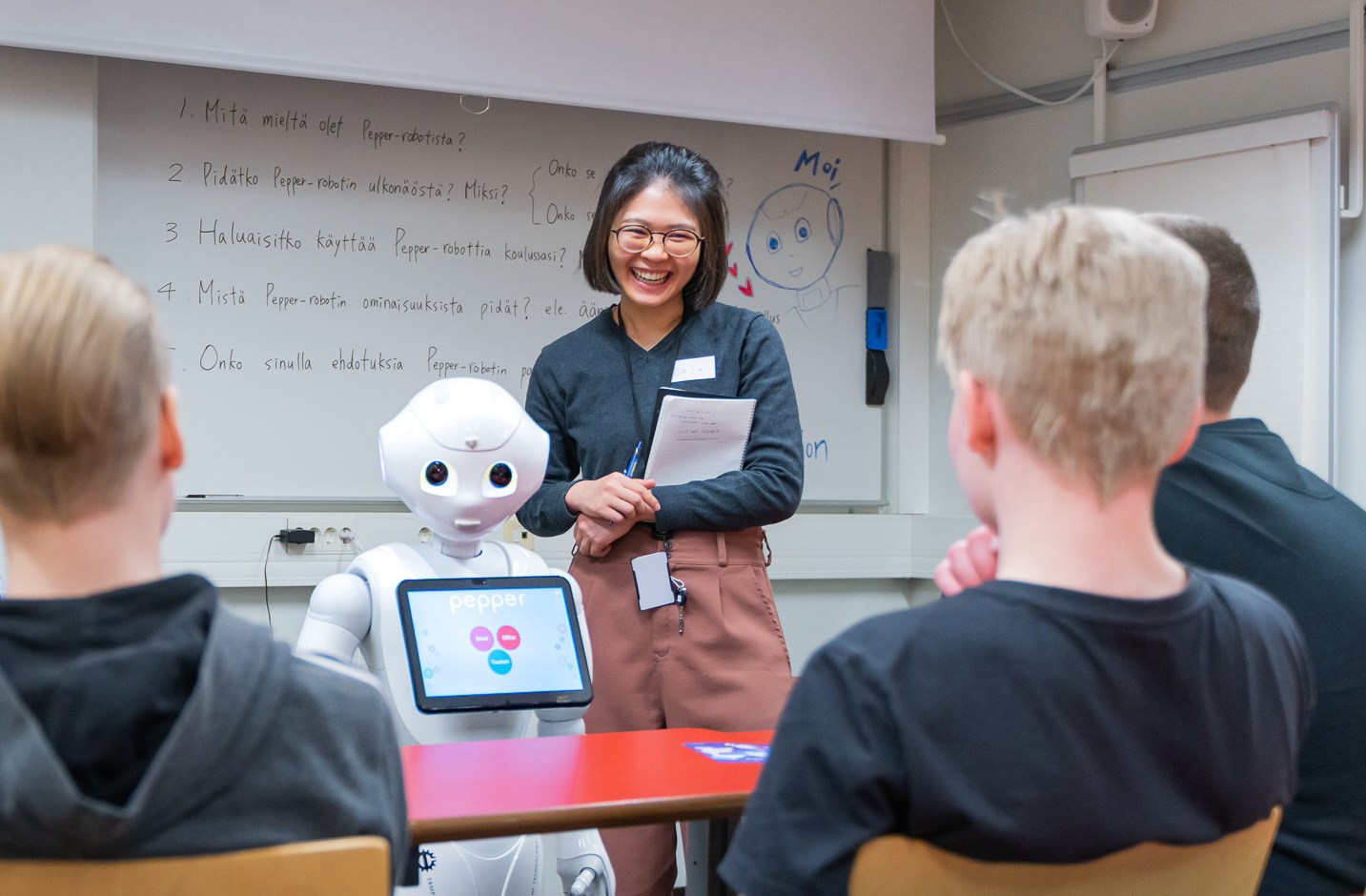
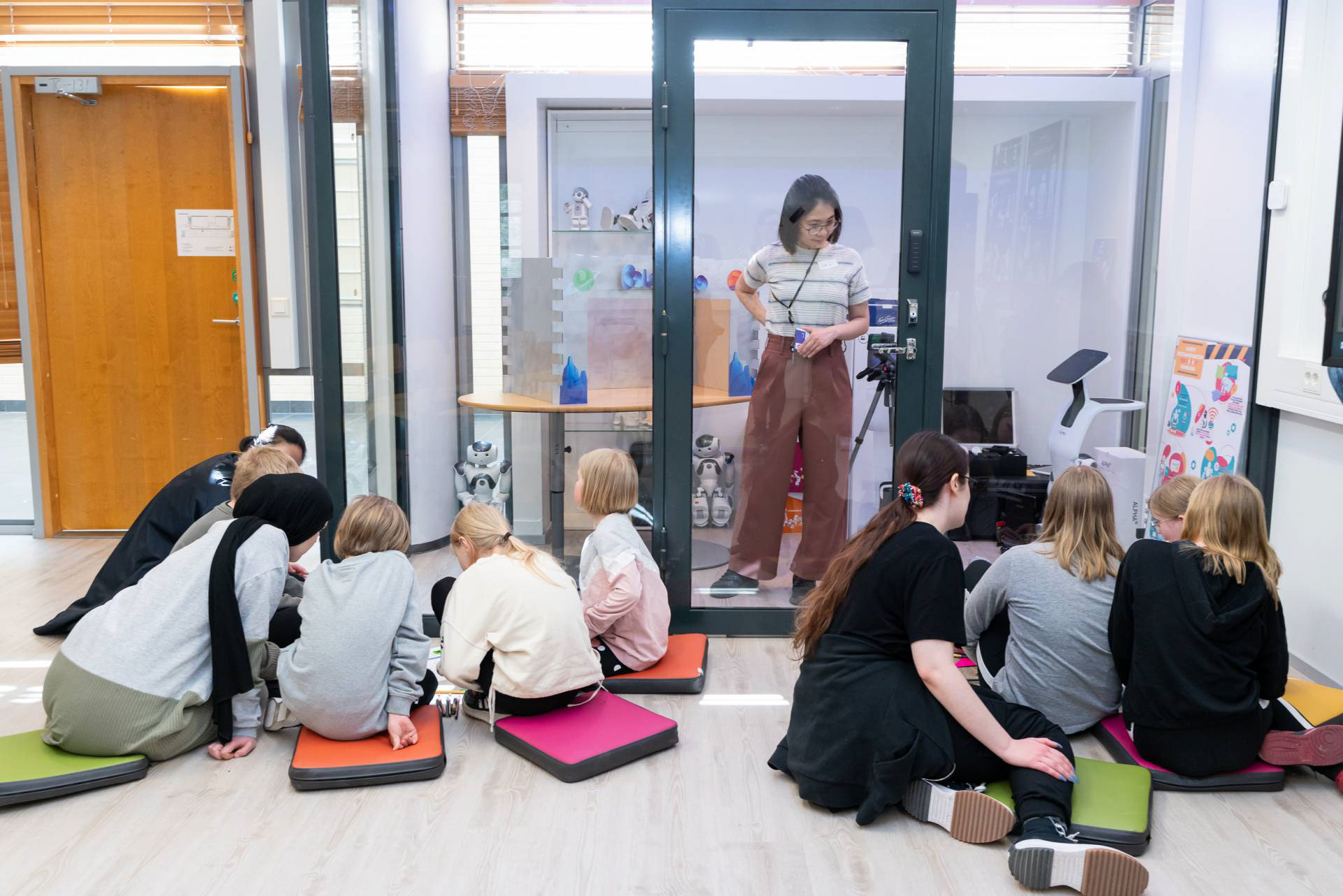
(Ahtinen, Chowdhury, Beheshtian, Ramirez Millan, & Wu, 2023)
This research presents two novel co-learning concepts, namely, Robocamp, is a home-based one-month learning model for family members’ co-learning with a robot, and Robotour, a co-learning workshop where university students and primary school pupils together gain an understanding of different aspects of social robots.
This research explores novel approaches for the cooperation between different learner groups, which aim to increase their robot literacy.
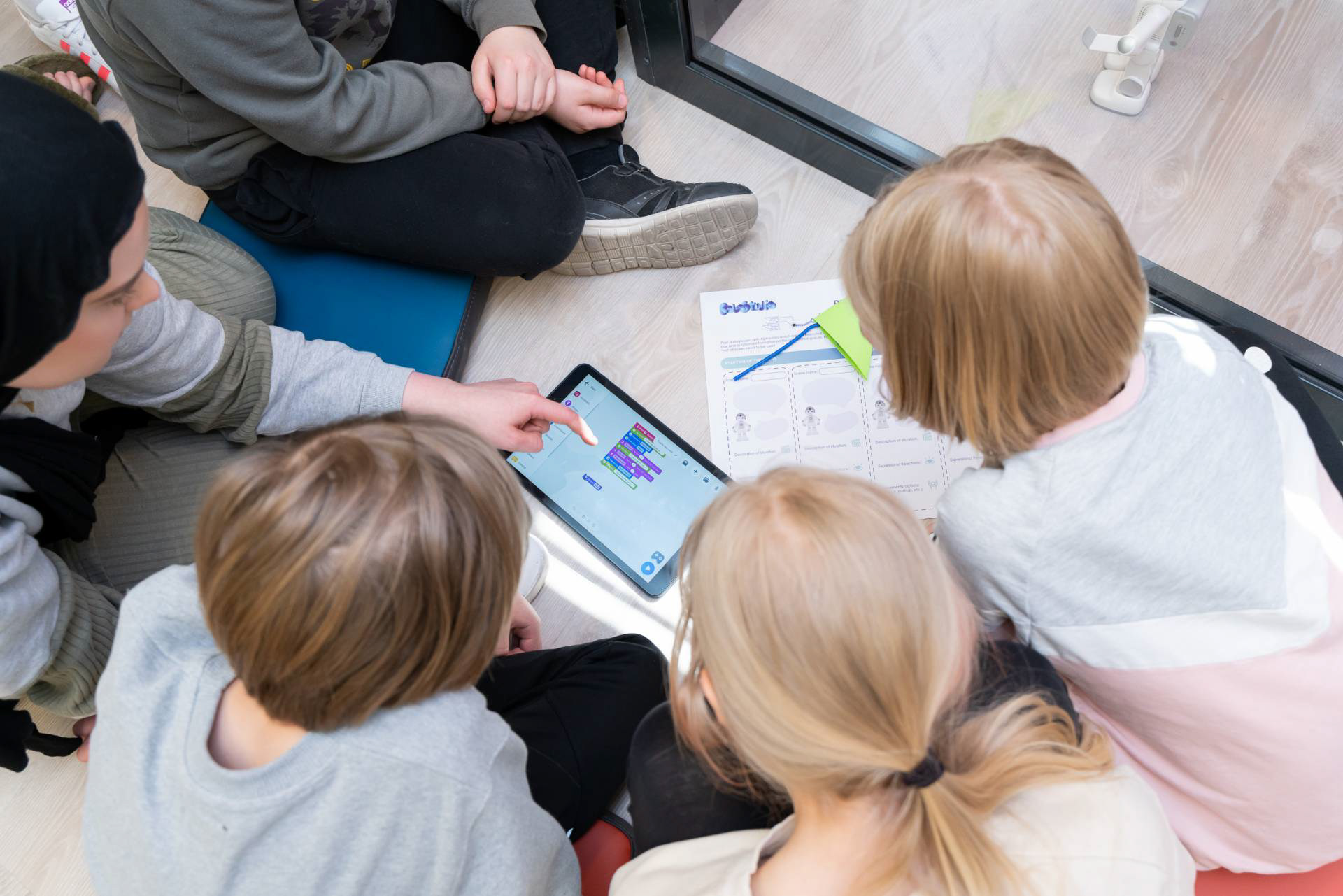
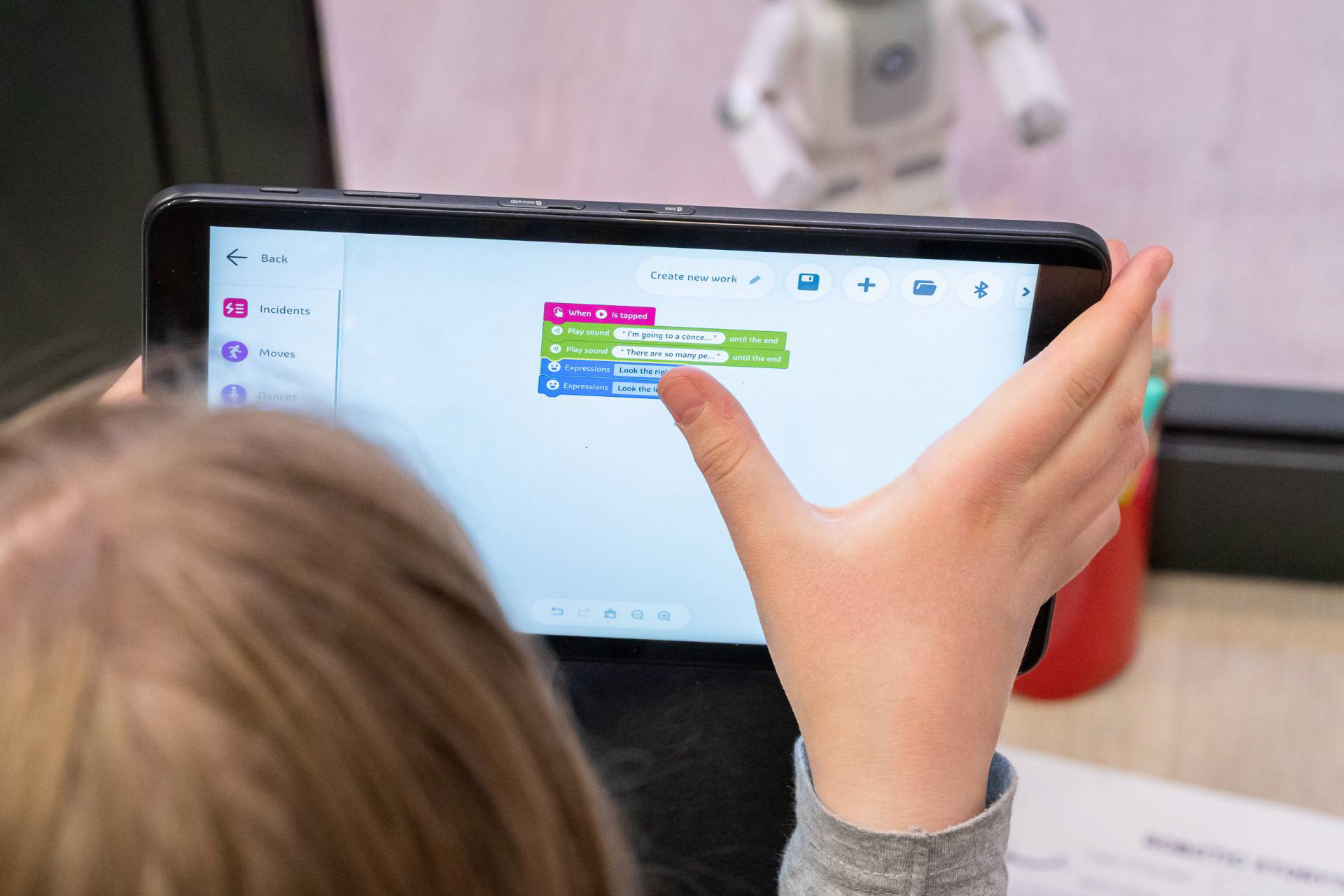
(Chowdhury, Ahtinen, Wu, Väänänen, Taidi, & Pieters, 2023)
This research explores personality design space for non-anthropomorphic wellness robots in an office environment to foster acceptance among users.
The findings present personalities and design implications for non-anthropomorphic in the office context, which serve as guidelines for designing personalities for non-anthropomorphic robots for wellness purposes.
